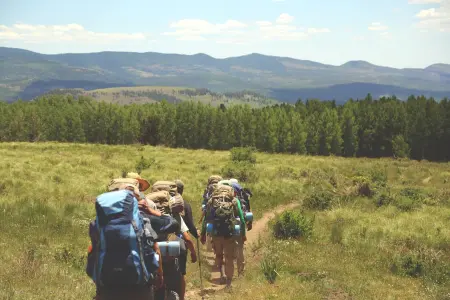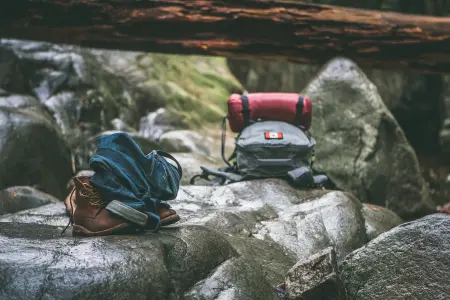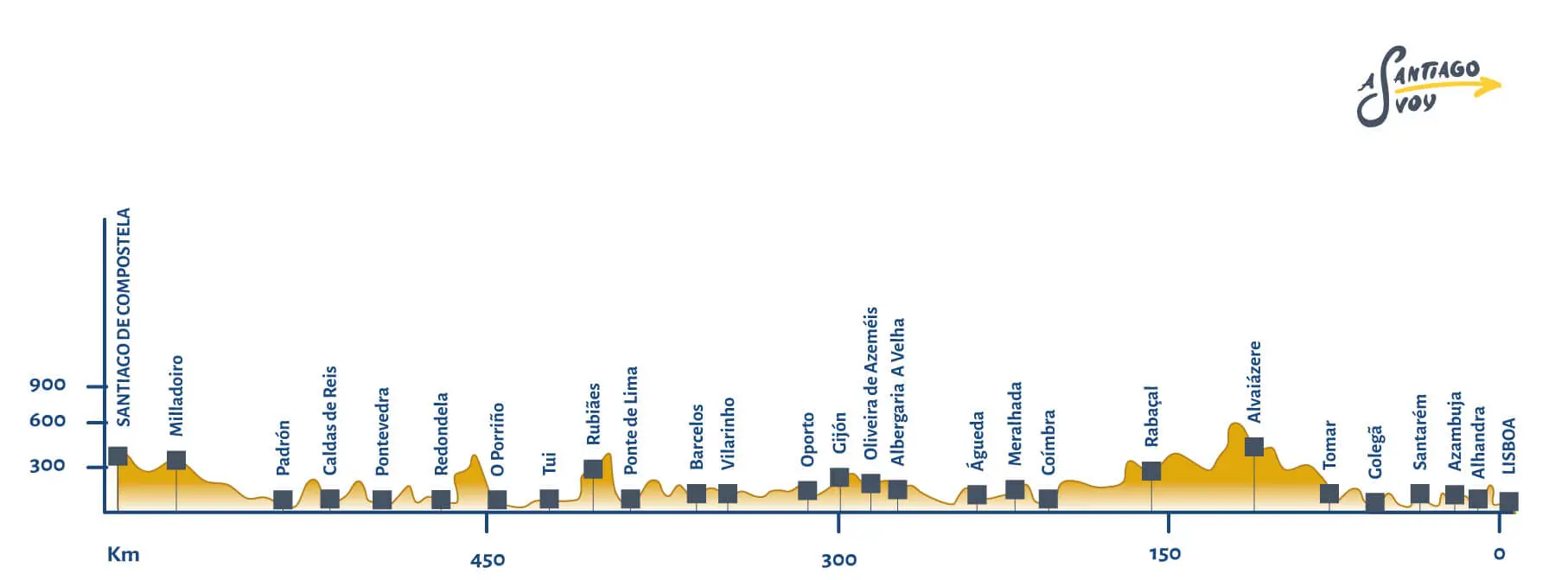Stages of the Portuguese Way by the Coast
The Portuguese Way by the Coast begins in Porto, goes along the Atlantic Coast, and passes through towns such as Póvoa de Varzim, Viana do Castelo, Caminha, A Guarda, Baiona, Vigo and Redondela. Here, it joins the traditional Portuguese Way again.
For many years, the best option to enter Galicia was to deviate towards the interior, passing by Tui and then arriving at Compostela. However, you can now make your decision when arriving at the Miño river, which is right between Portugal and Galicia. You can choose bewteen the path that goes througout the interior or the coastal path. If you choose the coastal path, you can enter Galicia by boat, taking it in Caminha and disembarking in A Guarda.
The tour continues parallel to the Atlantic Ocean, through the coastal municipalities of Oia, Baiona and Nigrán. It reaches the largest city in Galicia, Vigo. From here it continues towards Redondela, and this is where the pilgrims from the traditional Portuguese Way and the coastal Portuguese Way reunite again.
This is a little known route, because it had not been recognized as a Jacobean route until recently, although it is as historical as the traditional Portuguese Way. It consists of 173.9 miles, separating the largest city of northern Portugal (Porto) from Santiago de Compostela. It is divided into 9 stages that run very close to the sea.
In addition to its centuries of antiquity and its flux of pilgrims walking from Portugal, the Portuguese Way along the coast was also a route for pilgrims from overseas who arrived in Portuguese ports to undertake the march towards Santiago de Compostela.
The coastal route is also known as the monastic road, because of the numerous monasteries present on the road. One of them is the monastery of Santa María de Oia, built by the Cistercian order in the 12th century. It is declared a good of cultural interest at the beginning of the 20th century.
There are 9 stages on foot with a total of 121.78 miles, and 4 stages by bike with 166.5 miles
- Stage 1 (15.2 miles/24,5 Km) links Porto with Labruge.
- Stage 2 (8.6 miles/14 Km) links Labruge with Póvoa de Varzim
- Stage 3 (15.2 miles/24,5 Km) runs between Póvoa de Varzim and Marinhas
- Stage 4 (12.9 miles/20,8 Km) links Marinhas with Viana do Castelo
- Stage 5 (16.6 miles/26,8 Km) links the beautiful fishing village of Viana do Castelo with Caminha
- Stage 6 (14.6 miles/23,5 Km) starts in Caminha and enters Galicia through Mougás
- Stage 7 (9.9 miles/16 Km) links Mougás with Ramallosa
- Stage 8 (14 miles/22,6 Km) runs between Ramallosa and Vigo
- Stage 9 (9.9 miles/16 Km) joins Vigo with Pontevedra, continuing from here on the traditional Portuguese Way







